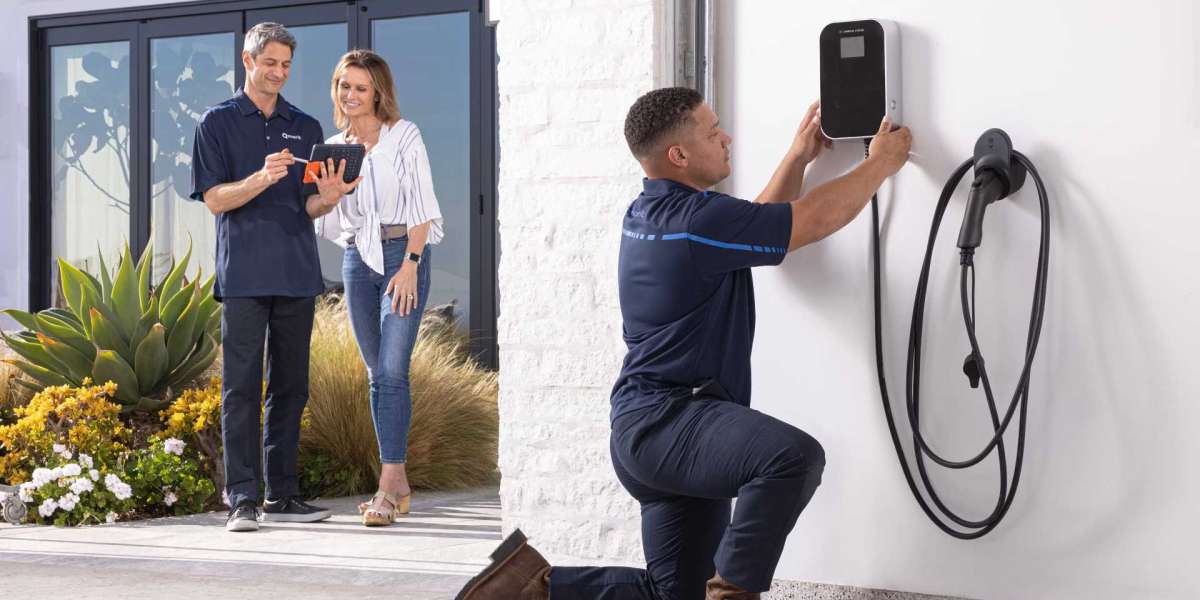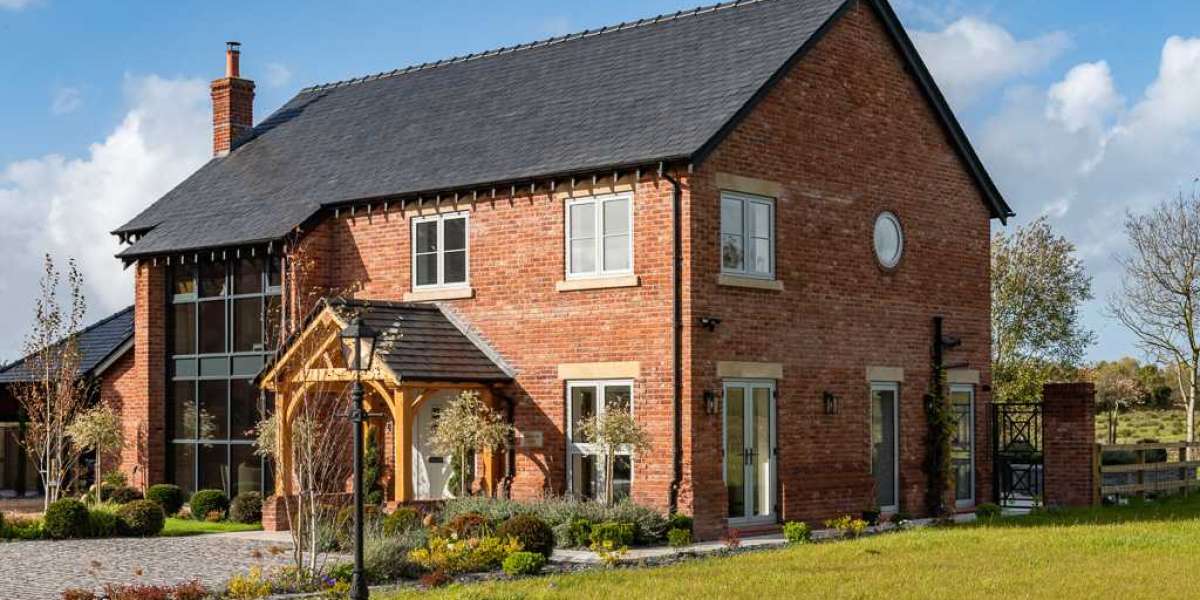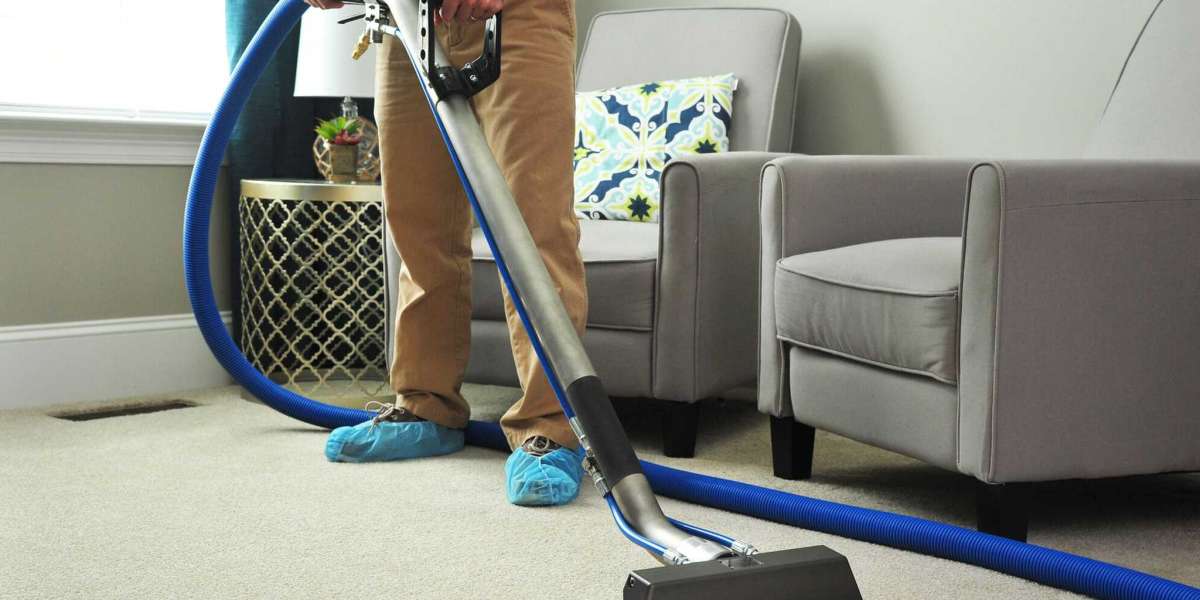Installing a new heating system is one of the most important upgrades you can make for your home. Whether replacing an outdated unit or outfitting a newly built property, proper heating installation ensures comfort, safety, and energy efficiency for years to come.
Understanding the full process helps homeowners make informed decisions, avoid unnecessary delays, and set realistic expectations. From selecting the right equipment to final inspections, this guide will walk you through each stage of a residential heating installation project with a focus on long-term performance and local code compliance.
Choosing the Right Heating System
In Oakland Rockridge CA, the process often begins with choosing the best heating system for your home's needs, something Winston's Plumbing specializes in. Common types include:
- Furnaces (gas, electric, or oil)
- Heat pumps (air-source or geothermal)
- Boilers
- Radiant heating systems
Factors that influence your choice include climate, square footage, insulation quality, budget, and available energy sources. An HVAC professional typically conducts a Manual J load calculation to assess your home’s heating demands accurately. This ensures you don’t install a unit that’s too large (which wastes energy) or too small (which can’t heat effectively).
Pre-Installation Planning and Assessment
Before any equipment is installed, the contractor performs a detailed inspection of your home and existing HVAC infrastructure. This step includes:
- Checking ductwork condition and size
- Verifying electrical capacity or gas lines
- Evaluating airflow and ventilation
- Inspecting for structural limitations
If your ductwork is leaky or poorly sized, it may need sealing or replacement for the new system to operate efficiently. This is also when permits are filed with local building authorities, a required step in most residential heating installations.
Preparing the Installation Area
Once all assessments and permits are secured, the work area is prepped. For retrofits, this may involve:
- Disconnecting and removing the old heating unit
- Clearing access paths for new equipment
- Ensuring safe access to electrical panels and gas shut-offs
Dust control and safety protocols are important here, especially when replacing older units that may contain outdated components or require special handling. A quality heating installation contractor will take care to protect floors and walls during the process.
Installing the New Heating System
The core of the project involves setting up the new system. This includes:
- Positioning and securing the heating unit
- Connecting ductwork, refrigerant lines (for heat pumps), or water lines (for boilers)
- Wiring electrical components and control systems
- Connecting gas lines, if applicable
Each connection must meet code requirements to ensure safety and performance. Thermostats are installed or upgraded at this stage as well, often with modern programmable or smart options for better energy management.
If ductwork was added or replaced, the team will also balance the airflow to ensure even heating across all rooms.
Testing and System Startup
After installation, the system undergoes a full startup and testing process. This involves:
- Verifying ignition, burners, or heat elements
- Checking airflow, temperature rise, and system pressure
- Ensuring the thermostat communicates properly
- Monitoring for any unusual sounds, leaks, or odors
Professionals may run the system for a full heating cycle to confirm reliability. At this point, installers will also review safety shutoffs, air filter placement, and routine maintenance recommendations with the homeowner.
Final Inspection and Cleanup
Before the job is officially complete, a local inspector may review the work (if required by code). They’ll confirm the system meets safety, efficiency, and environmental standards. Once approved:
- All tools and materials are removed from the property
- Old equipment is properly disposed of or recycled
- The system’s documentation, warranties, and manuals are provided to the homeowner
You’ll also receive a walkthrough of system functions and recommendations for scheduling annual service. Many HVAC contractors offer maintenance plans to help keep the unit running efficiently.
Conclusion
Residential heating installation is more than just swapping out a machine—it’s a carefully planned, multi-step process that ensures your home stays warm, safe, and efficient. From choosing the right system to testing and final inspection, every stage plays a critical role in your comfort and your home's energy performance. Working with certified professionals and understanding the process ensures the investment pays off long-term with reduced energy costs, fewer repairs, and optimal indoor comfort.
Frequently Asked Questions
- How long does residential heating installation take?
Most standard installations are completed within 1 to 2 days, depending on complexity. If ductwork or electrical upgrades are needed, it may take longer.
- How much does a home heating system installation cost?
Costs range from $3,500 to $12,000, depending on the type of system, home size, labor, and regional permit fees. Energy-efficient models may qualify for rebates or tax credits.
- Do I need a permit for heating system installation?
Yes, in most areas, a permit is required to ensure the installation meets safety and efficiency codes. Licensed contractors typically handle the permit process.
- Can I install a heating system myself?
DIY installation is not recommended. Heating systems involve gas, electricity, and building codes. Improper setup can lead to safety hazards and void warranties.
- What type of heating system is most energy-efficient?
Heat pumps are among the most energy-efficient options, especially in mild climates. High-efficiency gas furnaces (95%+ AFUE) are also popular in colder regions.








